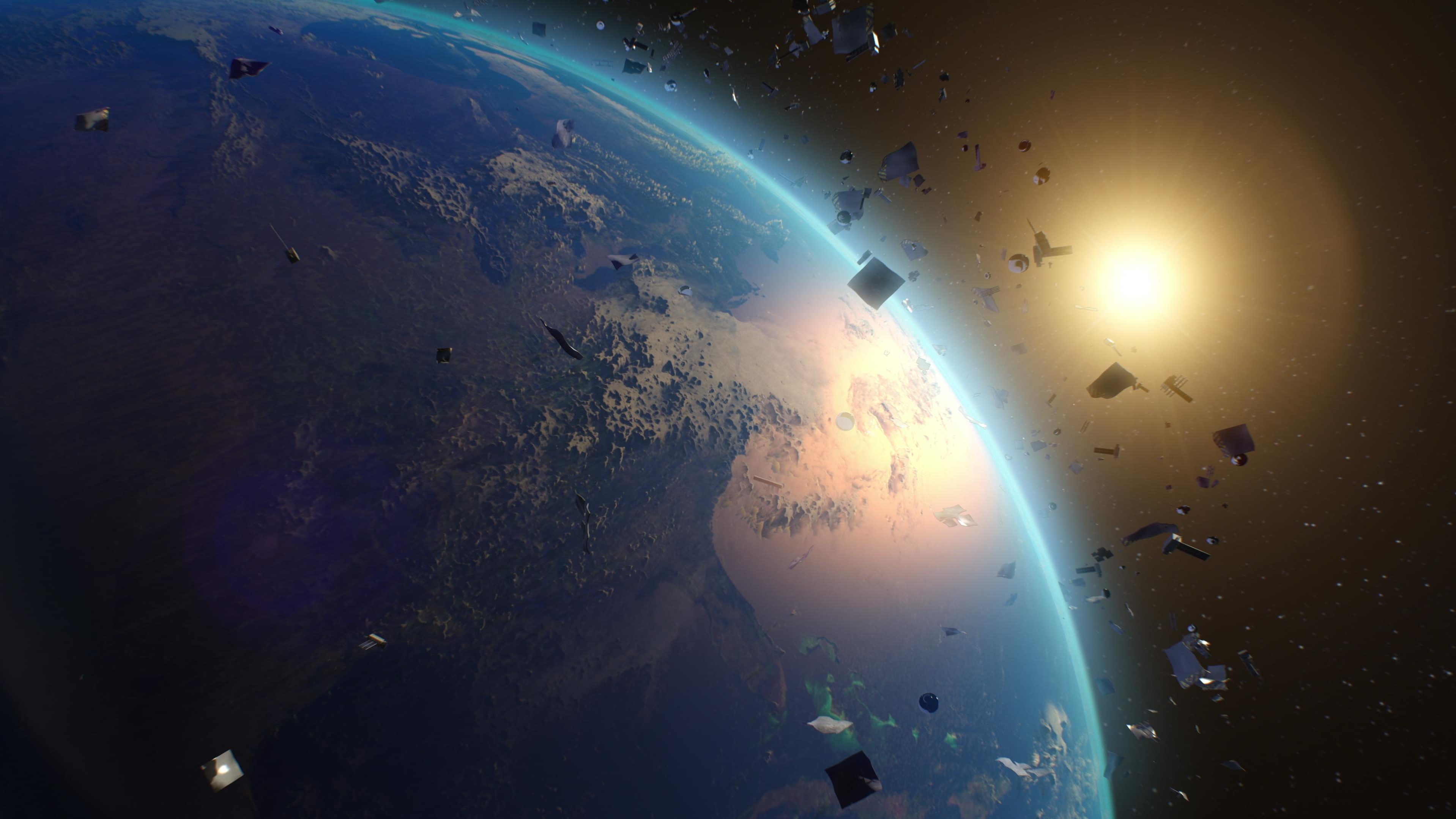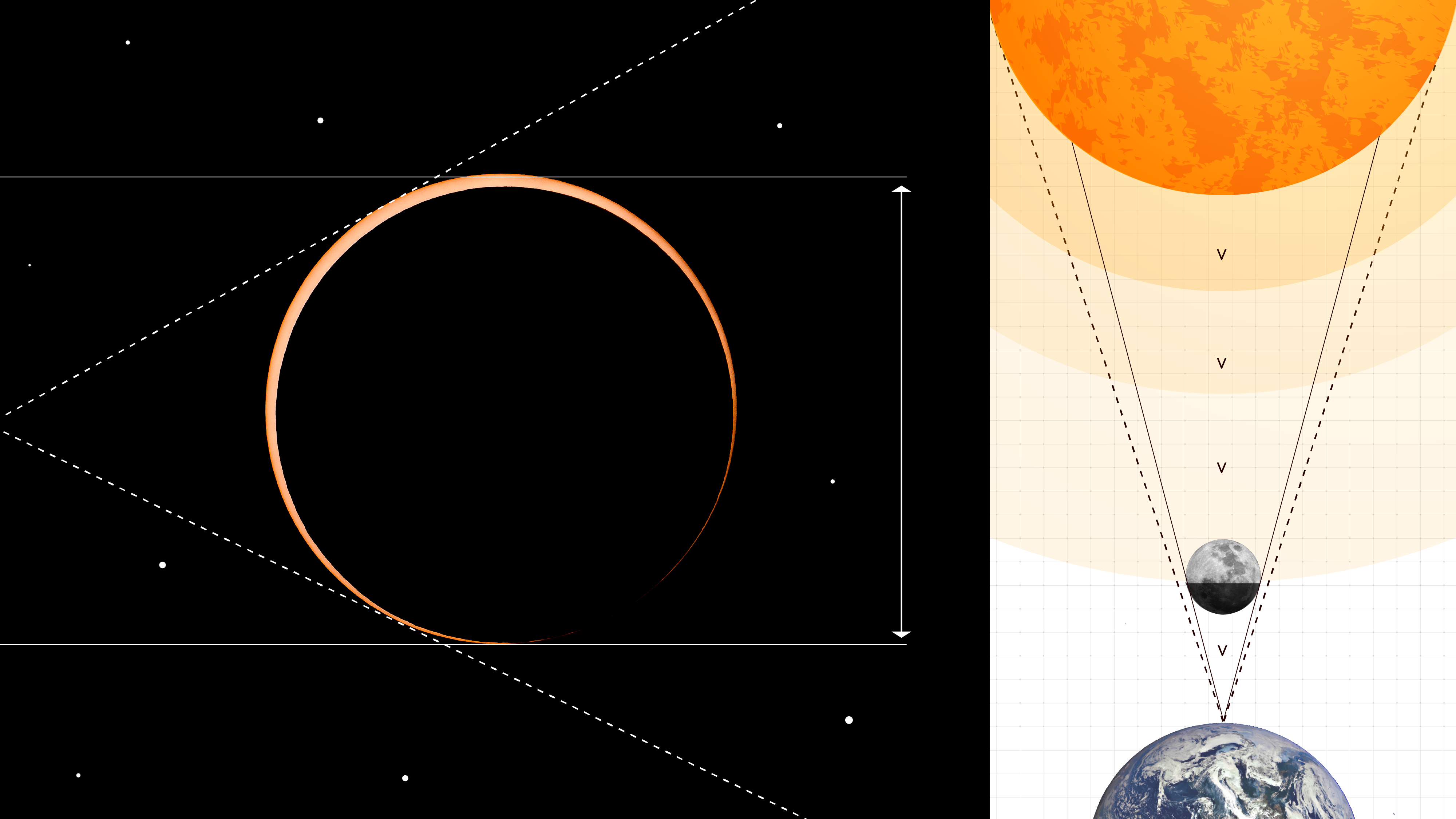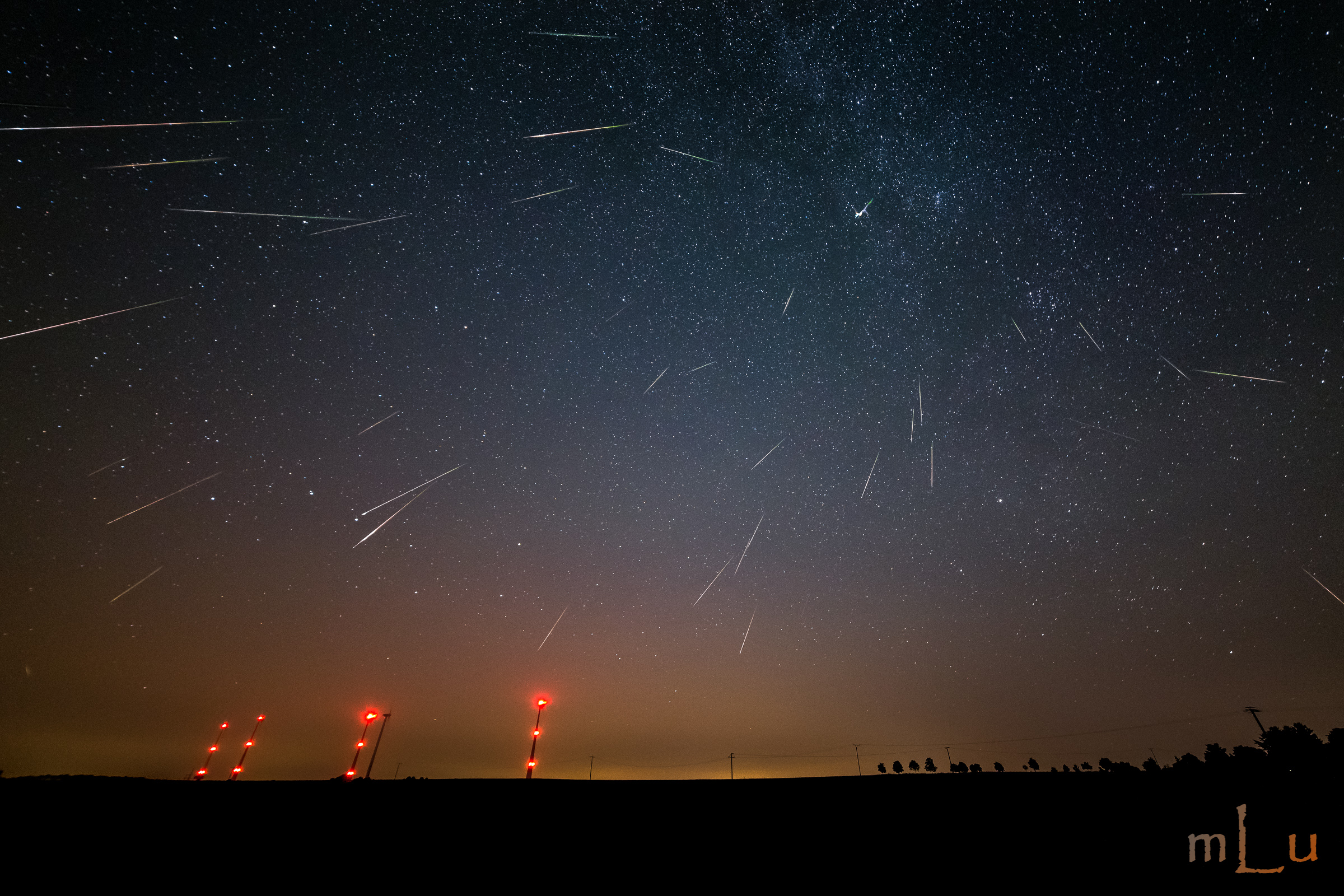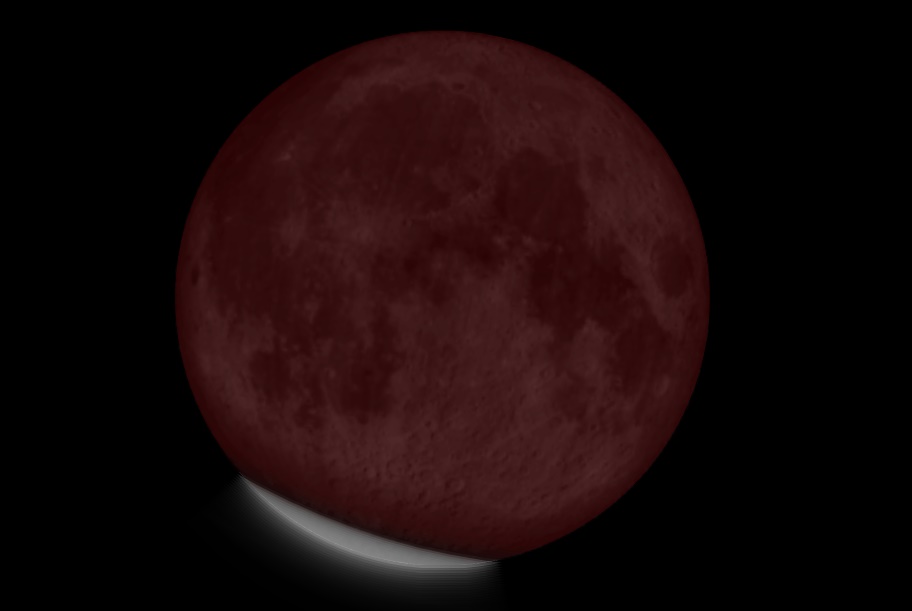One Month, Three Eclipses

What’s the Latest Development?
During the month of June, the world will experience two partial solar eclipses separated by a full lunar eclipse. The cosmic events begin with a rare midnight solar eclipse that will take place at the zenith of the planet, the high Arctic, on June 1 and 2, and will be visible only from the northernmost points of North America, Europe and Asia. On June 15 a full lunar eclipse will occur, but unfortunately it will not be visible in North America. Similarly, on July 1, another partial solar eclipse will occur over the Antarctic.
What’s the Big Idea?
How is a midnight solar eclipse possible? The Arctic: land of the midnight sun. “The eclipse begins on Thursday, June 2, at dawn in northern China and Siberia, then moves across the Arctic, crossing the International Date Line and ending in the early evening of Wednesday, June 1, in northeastern Canada. That’s right: The eclipse begins on Thursday and ends on Wednesday because of the International Date Line. Because observers in northern Russia and Scandinavia will be observing it over the North Pole, they will actually see it in what is, for them, the middle of the night of June 1 and 2.”





